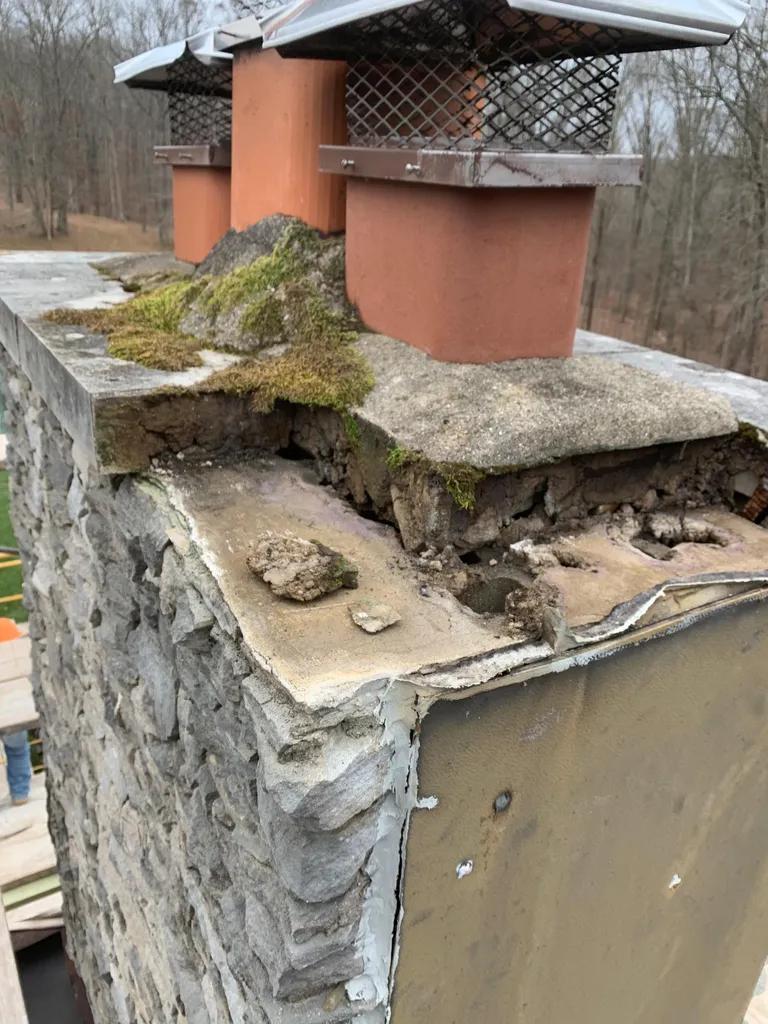Brick has been a popular building material for centuries, prized for its durability, beauty, and classic appeal. However, over time, even the strongest brick structures can develop issues that require repair. In this essential guide to residential brick repair, we will explore the common problems that homeowners may encounter with their brick exteriors, as well as the best practices for repairing and maintaining brick surfaces. Whether you are a seasoned DIY guru or a homeowner in need of professional help, this comprehensive guide will provide you with the knowledge and tools necessary to keep your brick home looking its best for years to come.
Table of Contents
- Key Factors to Consider Before Beginning a Brick Repair Project
- Common Signs of Brick Damage and When to Seek Professional Help
- Step-by-Step Guide to DIY Brick Repair Techniques
- Recommended Tools and Materials for Residential Brick Repair
- Q&A
- The Conclusion

Key Factors to Consider Before Beginning a Brick Repair Project
Before starting a brick repair project, it is crucial to consider several key factors to ensure a successful outcome. One important aspect to think about is the extent of the damage and whether it requires a simple repair or a more complex restoration. Assessing the current condition of the bricks will help determine the best approach to take.
Additionally, it is essential to carefully select the right materials for the repair job. Choosing high-quality bricks, mortar, and sealant will not only ensure durability but also maintain the aesthetic appeal of your property. Lastly, hiring a reputable and experienced contractor to oversee the project can help avoid costly mistakes and guarantee a professional finish.

Common Signs of Brick Damage and When to Seek Professional Help
When inspecting your home for signs of brick damage, there are several common indicators to look out for. Cracks in the bricks, mortar joints, or foundation can be a red flag that something is amiss. Additionally, spalling (flaking or crumbling) bricks, bulging walls, or gaps between bricks could signal potential issues with your brickwork.
If you notice any of these signs, it is crucial to seek professional help promptly to assess the extent of the damage and determine the best course of action. Ignoring brick damage can lead to more significant issues down the line, such as structural instability or water damage. A qualified brick repair specialist can provide expert advice and recommend the appropriate repairs to ensure the longevity and safety of your home.

Step-by-Step Guide to DIY Brick Repair Techniques
When it comes to maintaining the exterior of your home, brick repair is a common task that many homeowners face. Whether it’s fixing cracks, replacing damaged bricks, or repointing mortar, knowing how to properly repair your bricks is essential for preserving the longevity and appearance of your home.
With our , you can learn the basics of brick repair and tackle common issues on your own. From identifying the problem areas to selecting the right materials and tools, we’ll walk you through each stage of the repair process. Plus, we’ll provide tips and tricks to help you achieve professional-looking results without breaking the bank.

Recommended Tools and Materials for Residential Brick Repair
When it comes to residential brick repair, having the right tools and materials is essential for a successful and long-lasting repair job. Here are some recommended tools and materials that you should have on hand:
- Masonry Hammer: A masonry hammer is a must-have tool for chipping away damaged brick and mortar.
- Tuckpointing Trowel: This tool is used for filling in mortar joints between bricks.
- Wire Brush: A wire brush is helpful for cleaning debris and loose mortar from the repair area.
- Brick Chisel: A brick chisel is used for cutting and shaping bricks during the repair process.
Recommended Materials:
| Material | Use |
|---|---|
| Brick Mortar | Filling in gaps between bricks |
| Replacement Bricks | For replacing damaged bricks |
| Waterproof Sealer | Protecting repaired area from water damage |
| Masonry Sealant | Sealing and finishing the repair job |
Q&A
Q: Why is it important to promptly address brick damage on a residential property?
A: Promptly addressing brick damage can prevent further deterioration and potential safety hazards.
Q: What are some common signs of brick damage that homeowners should look out for?
A: Some common signs of brick damage include cracks, spalling, efflorescence, and mortar deterioration.
Q: How can homeowners determine if they need to hire a professional for brick repair?
A: Homeowners should hire a professional for brick repair if the damage is extensive, structural, or if they lack the necessary tools and expertise.
Q: What are some common methods used for residential brick repair?
A: Common methods for residential brick repair include tuckpointing, repointing, brick replacement, and brick cleaning.
Q: How can homeowners prevent brick damage in the future?
A: Homeowners can prevent brick damage by performing regular maintenance, keeping the bricks clean and dry, and addressing any issues promptly.
Q: Is DIY brick repair recommended for homeowners?
A: DIY brick repair is not recommended for homeowners unless they have the necessary skills, tools, and experience. It is best to hire a professional for more complex repairs.
The Conclusion
In conclusion, ensuring that your residential brickwork is properly maintained is crucial for the longevity and structural integrity of your home. By following the essential guide to residential brick repair outlined in this article, you can address common issues such as brick spalling, cracking, and mortar deterioration in a timely and effective manner. Remember to consult with a professional mason for any complex repairs or large-scale projects, and always prioritize safety precautions when working with bricks and mortar. With proper maintenance and care, your residential brickwork will continue to enhance the beauty and value of your home for years to come. Thank you for reading our essential guide to residential brick repair.


